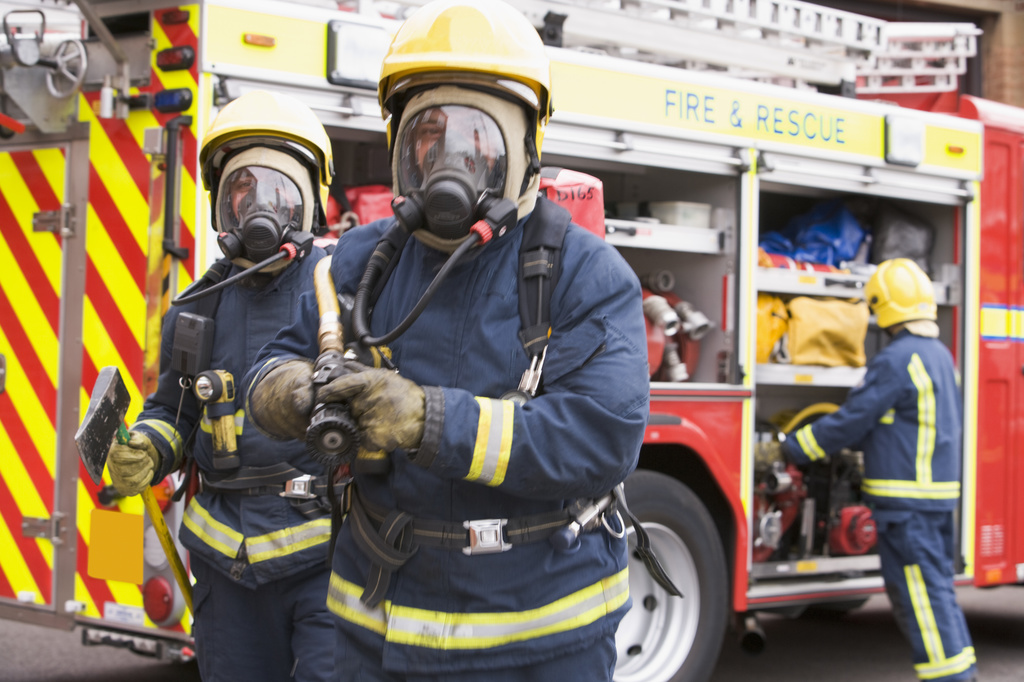
Kelly Rose
Editor

Kelly Rose
Editor
In many industries, Respiratory Protective Equipment (RPE) is vital, so it is important to know your legal obligations, say online legal analysts Cedrec.
RPE should only be used after the employer has taken all other reasonably practicable measures to prevent or control exposure to damaging environments (unless temporarily whilst measures are put in place). RPE should only be used for short periods of time or infrequent exposure, such as temporary or emergency works.
Like other PPE, RPE must be considered the very last option for protecting the respiratory health of workers. All risks and measures must be assessed before opting for RPE.
If your risk assessment shows the need for RPE, it is important to note the reasons behind this decision on the risk assessment in order to consider options in the future.
RPE at work should be: able to adequately control inhalation exposure to provide the wearer with effective protection; suitable for the intended use; CE-marked or of an approved type/standard approved by the HSE; used by properly trained people who are supervised; and properly stored, cleaned and checked regularly to ensure it remains effective.
Employers should remember to consult either a safety representative appointed through recognised trade unions or employees, either directly or indirectly via an elected representative when implementing such health and safety measures as RPE.

Cedrec Information Systems Ltd
Clarity House
Durham Road
Birtley
Chester le Street
DH3 2TB
UNITED KINGDOM
(0191) 490 6706